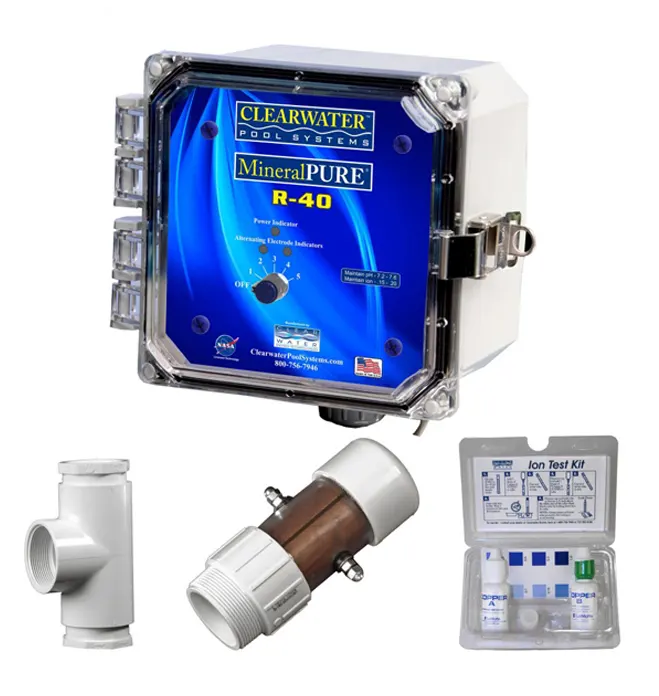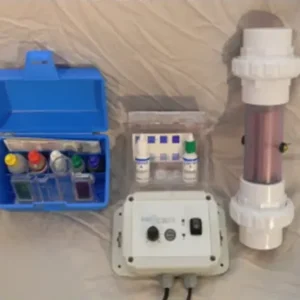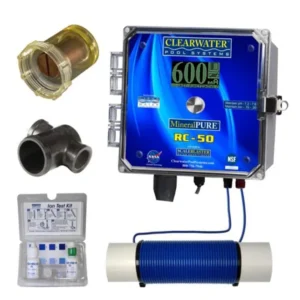Implementing an ionization water system in a school can be a great way to ensure clean and safe drinking water for students and staff. Ionization systems work by using electrical charges to remove impurities and contaminants from water, making it safer to drink.
Water ionization is the process of generating ionized water. During ionization, water is separated into hydrogen and oxygen molecules using an electric current. This process creates two distinct groups of water. The water close to the anode is acidic and the water close to the cathode is alkaline. The two water types are then siphoned off and collected.
The formula for water is H2O. It is made of one hydrogen atom and two oxygen atoms. Water can also contain H+ and OH– ions. This happens when one of the hydrogen atoms splits from the H2O molecule.
If the number of H+ ions is greater than the number of OH- ions, then the water is acidic.
And if the number of OH- is greater than the number of H+ then the water is alkaline.




Reviews
There are no reviews yet.